Although chips are often labeled as a salty snack, there are numerous other foods that contain more salt than expected. For example, one serving of chips (about 30 grams) contains around 170 mg of sodium. However, some other foods that you may consume daily are even richer in sodium.
- Cornflakes
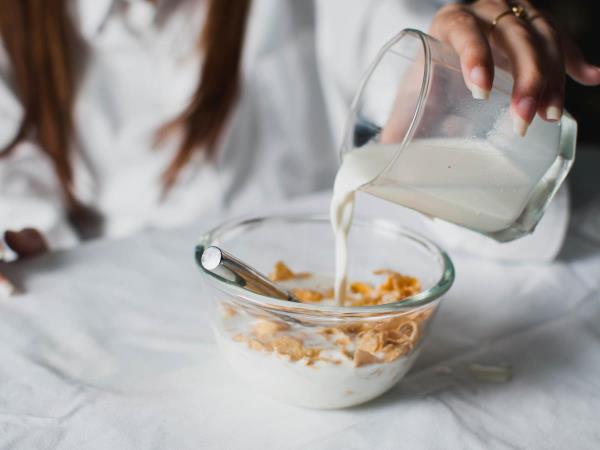
It might be surprising, but cornflakes contain quite a lot of sodium. One serving (approximately 42 grams) contains around 300 mg of sodium, which is more than the same amount in chips.
- Tomato sauce
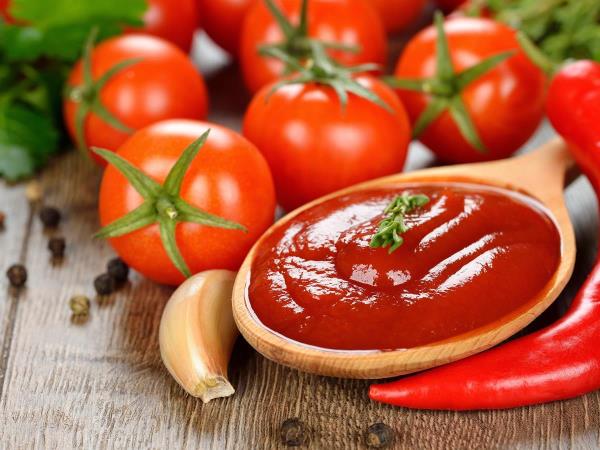
Tomato sauce is a commonly used ingredient in many dishes, but it can be a significant source of sodium. A portion (about 65 grams) can contain more than 600 mg of sodium. It is advisable to prepare the sauce at home so you can control the amount of added salt.
- Bread
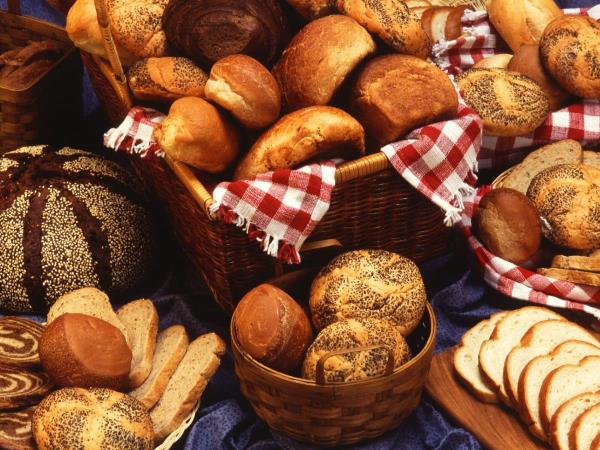
Bread is a staple food in many diets, but it can surprisingly contain a high amount of sodium. One slice of bread can contain between 100 to 230 mg of sodium, depending on the type and manufacturer. As bread is often consumed multiple times a day, the total amount of sodium ingested can quickly add up.
- Coffee with milk
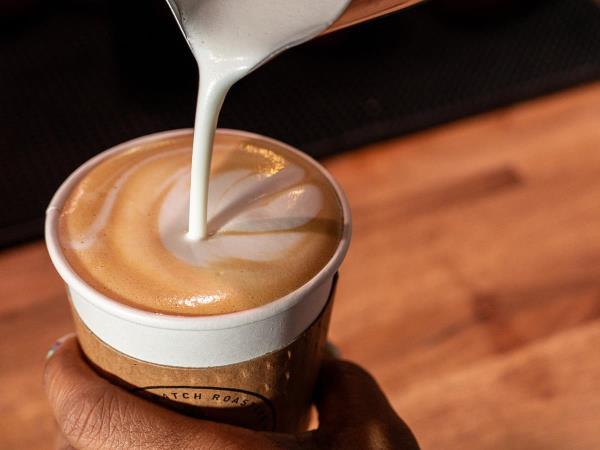
While coffee itself doesn't contain much sodium, additives like milk or sweeteners can increase the sodium content. For instance, a cup of coffee with milk can contain about 35 mg of sodium. If you frequently drink coffee outside, pay attention to the additives being used.
- Canned vegetables
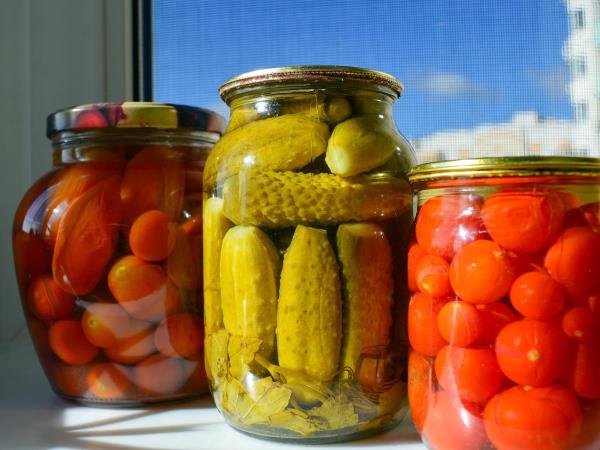
Canned vegetables are convenient, but they often contain a high amount of sodium used as a preservative. For example, 30 grams of canned mixed vegetables can contain up to 255 mg of sodium. If possible, choose fresh or frozen vegetables without added salt.
- Packaged soups

Commercially prepared soups are often high in sodium. For instance, one serving of chicken soup can contain between 900 to 1,600 mg of sodium. Making homemade soup allows you to control the amount of added salt.
- Salty snacks
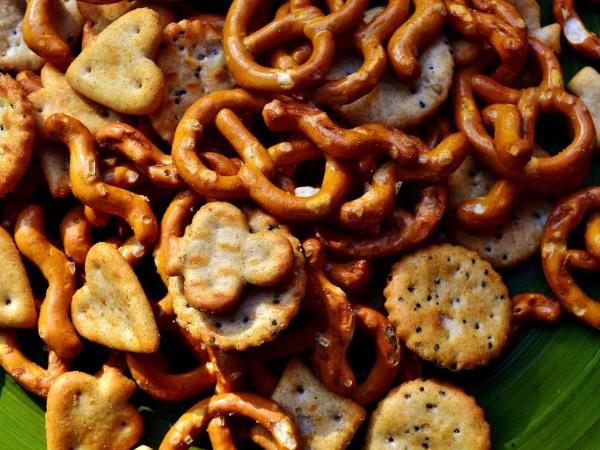
Salty snacks, like pretzel sticks, can contain more sodium than chips. A serving (30 grams) may contain up to 440 mg of sodium. Although these snacks are often labeled as healthier, it's important to check the sodium content on the packaging.
- Dietary supplements
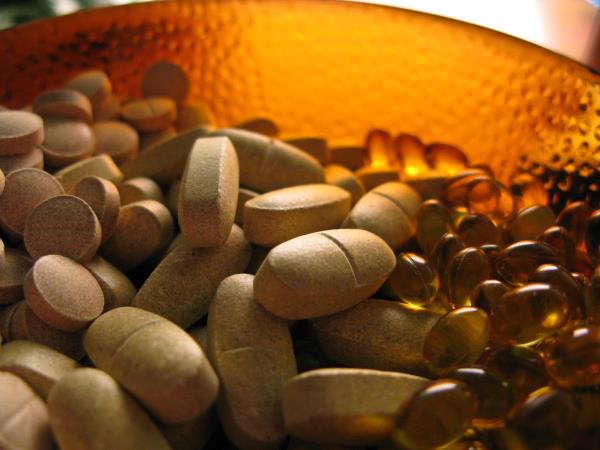
Various supplements, like ketchup, mustard, and hot sauces, can significantly contribute to your daily sodium intake. For example, 15 grams of ketchup contain approximately 167 mg of sodium, while the same amount of mustard contains around 150 mg. Hot sauces can contain even more sodium, depending on the brand.
While salt is essential for the normal functioning of the body, excessive consumption is linked to numerous health issues. Be mindful of hidden sources of sodium in your diet and try to choose fresh, less processed products. Check the labels on packaging and be aware that even foods that don't seem salty may contain a high amount of sodium.







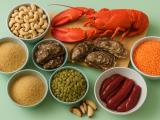
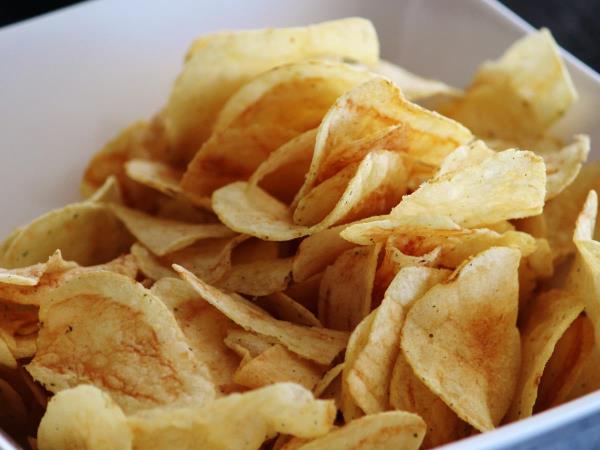
 Would you like to be informed about news on the website?
Would you like to be informed about news on the website?

